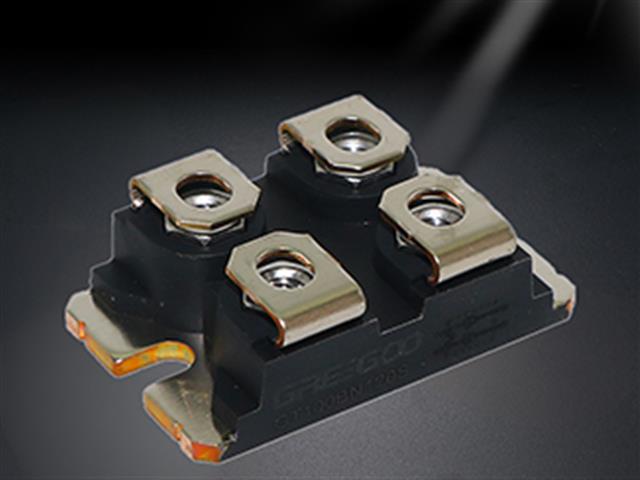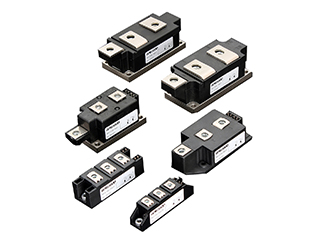Rotating Diode vs. Standard Recovery Diode: Key Difference and Application
The main difference between a rotating diode and a standard recovery diode lies in their applications and performance characteristics:
1. Rotating Diode
- Application: Used in brushless excitation systems of synchronous generators (alternators).
- Function: Converts AC to DC in the exciter rotor circuit to provide field current to the main rotor.
- Characteristics:
- Designed to handle high-speed rotation and mechanical stress.
- High reliability and durability to withstand vibrations and centrifugal forces.
- Typically mounted on the rotating part of the alternator (rotor).
- Works in conjunction with an exciter and main generator to provide a stable DC excitation.
2. Standard Recovery Diode
- Application: General-purpose rectification in power supplies, motor drives, and other electronic circuits.
- Function: Allows current to flow in one direction while blocking it in the other.
- Characteristics:
- Typically has higher reverse recovery time compared to fast recovery or Schottky diodes.
- Used in low to medium-frequency rectification applications.
- Not designed to withstand high mechanical stress or rotation.
Key Differences
| Feature | Rotating Diode | Standard Recovery Diode |
|---|---|---|
| Application | Excitation system of synchronous generators | General rectification in electronics |
| Location | Mounted on the rotating part of the machine | Fixed, mounted on a PCB or heat sink |
| Durability | Designed for mechanical stress, vibration, and centrifugal force | Standard construction for stationary use |
| Speed Consideration | Works in high-speed rotating environments | Used in static applications |
| Recovery Time | Fast recovery to improve generator performance | Slower recovery compared to fast recovery diodes |
A rotating diode is a special type of rectifier diode used in the brushless excitation system of synchronous generators (alternators). It is mounted on the rotating part of the machine (rotor) and plays a crucial role in converting AC (alternating current) to DC (direct current) to provide stable excitation to the generator's main field winding.

3 Phase Universal SCR Power Controller
Universal SCR power controller, three phase 25A to 2500A, single phase 10A to 800A, can fully replace brands such as Germany's AGE, Japan's RKC, Italy's CD, and brands from Europe, America, Japan, and Korea.
Read More
Intelligent Solid State Relay
Current digital display, MODBUS communication, RS485 port, Temperature detection, Phase loss detection, Panel function LEDs for operational status monitoring etc.
Read More
SOT 227 Package
FRED Diodes, Schottky Diodes, Thyristor Diode Module (MCD…io8/…io6),Rectifier Diode (DSI 2x…), Single Thyristor Module (MCO…)
Read More
Dual Thyristor Module vs Dual Diode Module vs Thyristor Diode Module, what's their difference?
Difference between dual thyristor module, dual diode module and thyristor diode combined module
Read More













